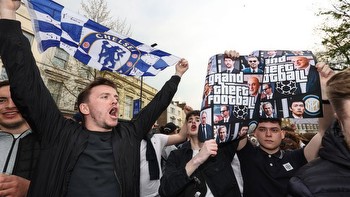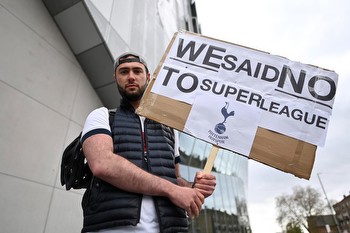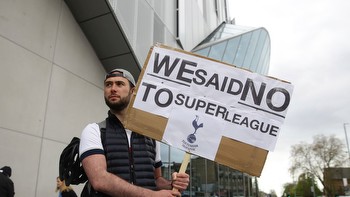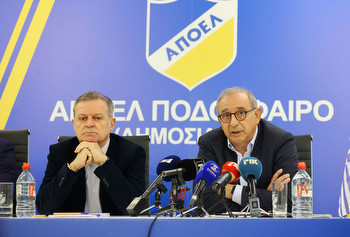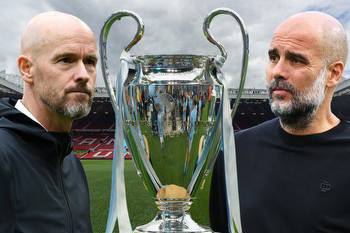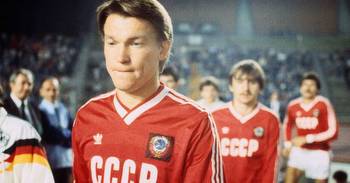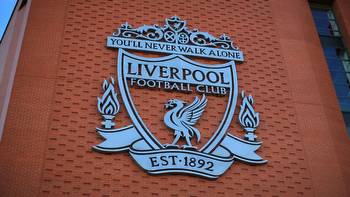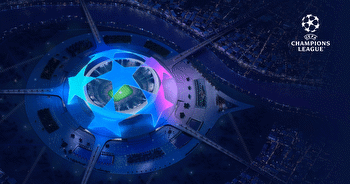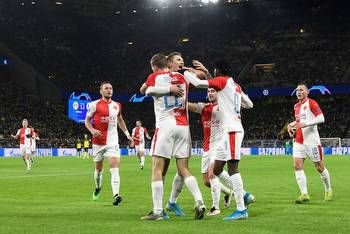Champions League revamp promises funding refresh
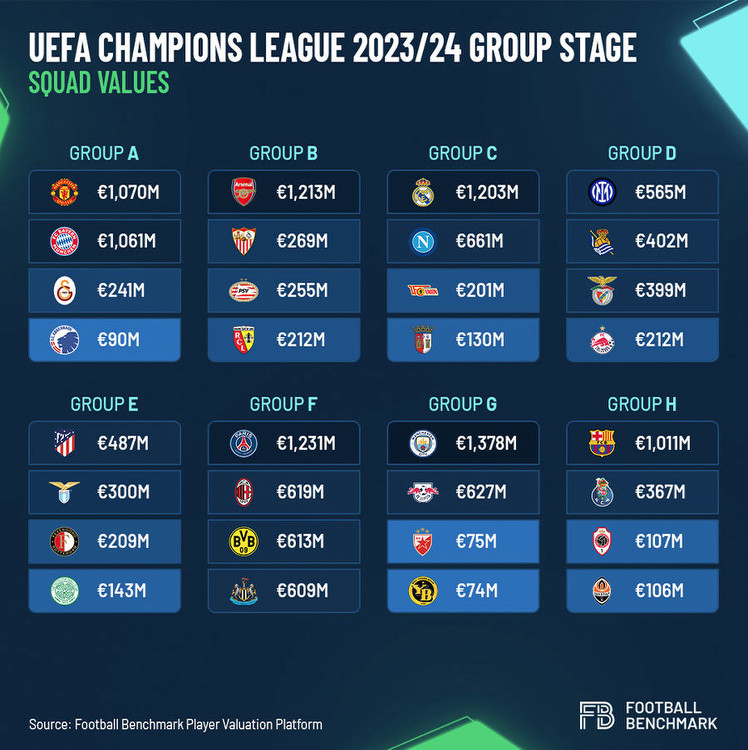
The 2023/24 season is the end of an era for the UEFA Champions League, as it prepares to bring in a new format for the next campaign. While UEFA believes the amended shape of the tournament will bring new opportunities, however, some are concerned that it simply disguises a system which still just benefits the same old faces.
Initially known as the European Champion Clubs' Cup, since 1955 the tournament that would later find fame as the European Cup and finally the Champions League has gone through numerous overhauls. Indeed, that inaugural tournament is almost unrecognisable in contrast to its contemporary form.
In the 1955/56 season, the knock-out competition only featured 16 teams. There was just a single entrant from each country, and entrants were selected by French football journal L’Equipe on the basis of being ‘prestigious clubs’. This meant that a number of participants in the first ‘European Champions Clubs’ Cup’ were not champions at all. Portugal’s Sporting, for example, finished third in their domestic league – while Yugoslavia’s Partizan had finished a distant fifth. At the same time, domestic leagues railed against the tournament, seeing it as a distraction from the game at home – meaning the likes of Chelsea in England and Aberdeen in Scotland were pressured into giving the continental showdown a miss.
In the current 2023/24 season, however, the tournament is no-longer an invitational. Not including the teams which dropped out contesting a place in the Champions League’s five qualifying phases, 32 clubs are now facing off in the fabled group phase. At the same time, the four most successful leagues in Europe – England (now well over its disdain for European competition), Spain, Germany and Italy – take up four automatic qualification spots each.
In this shape, the Champions League has become arguably the biggest annual event in global sport. The Champions League final generally averages around 400 million viewers – around four times as many as the Super Bowl on a yearly basis – and is watched in an estimated 200 countries worldwide. This has brought with it massive revenues from broadcast rights, ticket sales, merchandise and sponsorship – which has rapidly led to an explosion of the prize-money attributed to competing clubs. In a tournament in which multiple clubs can compete from one country, this has attributed to the stratification of the continental game.
According to research from Football Benchmark, seven clubs competing in the current Champions League group stage have squads worth over €1 billion. Six of them (Bayern Munich, Manchester United, Manchester City, Arsenal, Real Madrid, Barcelona and Paris Saint Germain) are from leagues which receive four Champions League places – and three of them are from England alone. It is not a coincidence that each of those clubs is expected to easily qualify from their group, with each team expected to at least finish second in their pool by more than 70% of betting firms.
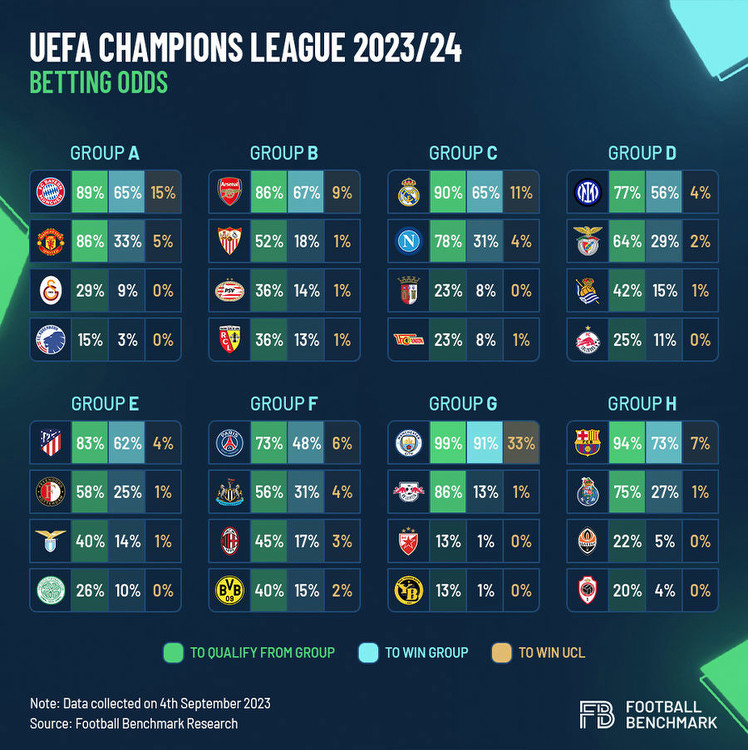
Meanwhile, FC Copenhagen and Young Boys are the least likely to progress – backed by 15% or less bookies – and both have the only squad values under €100 million. Denmark has only one Champions League berth, while Switzerland has two – and the champions of both nations still have to fight through qualifiers for a spot in the group phase. With the odds already stacked against them, the share of prize money from progressing to the round of 16 (€9.6 million) or even winning a game (€2.8 million) seems remote – and with the haves presumably taking that money to strengthen their squads even further, their chances of a share in the spoils next year seem even worse.
Next year, of course, there will be a new format. Billed by UEFA President Aleksander Čeferin as “defending the key principle of open competitions, with qualification based on sporting merit, fully in line with the values and solidarity-based European sports model," the new ‘Swiss model’ – using a tournament-style from the pulsating world of chess to make football more ‘exciting’ – at the group phase, 36 clubs will compete in a single league table, but without playing all the other competitors. Those clubs will play eight games against four teams from two differently ranked pots. It is hard to see how this won’t simply reinforce the same hierarchy present in the current model – but UEFA is also introducing new funding model.
UEFA has introduced a fresh revenue distribution model for its 2024/27 cycle, resulting in a rise in solidarity payments to clubs participating in domestic league competitions – amounting to 10% of Champions League revenues. According to Football Benchmark, this allocation comprises 3% designated for clubs eliminated in the qualifying rounds, and a heightened 7% – rising from the existing 4% – for clubs that have had no participation at all, amounting to €440 million per season (€1.32 billion over the cycle).
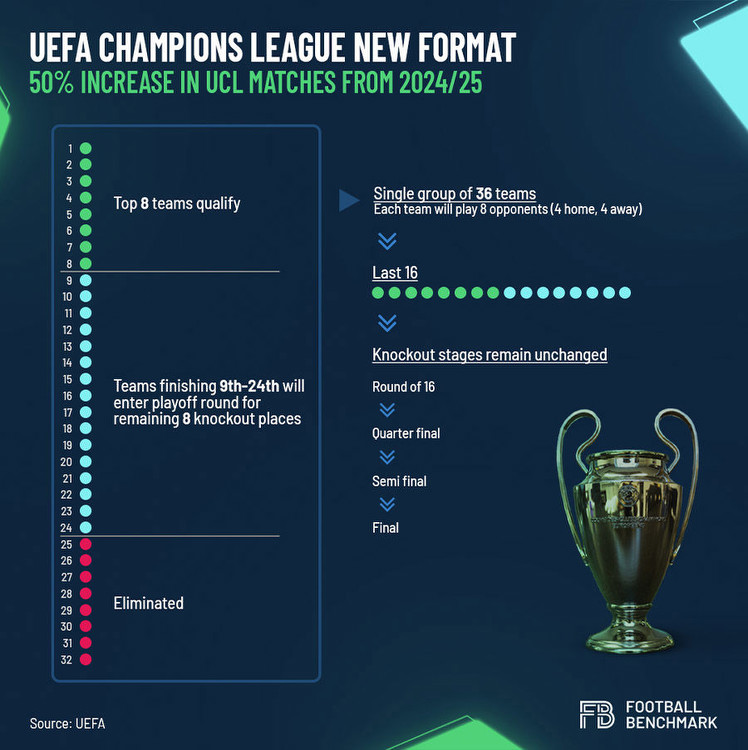
For leagues which struggle to gain access to the latter stages of elite European football, and are regularly raided for players by the wealthier leagues that do, that is not a small amount of money. To this end, Football Benchmark’s conclusion that “the future of the Champions League is exciting” might be very understandable. But there are some ‘buts’ that still weigh heavy on the minds of many experts, clubs and fans alike.
Most notably, in the wake of the failed Super League saga, UEFA initially suggested the Champions League’s new structure would have ‘legacy places’, reserved for historic achievers who failed to qualify for Europe by way of their domestic performance. UEFA eventually bowed to pressure to take that out of its changes – but many smaller teams remain concerned that if it feels revenues with the fan-base of Chelsea (a two-time Champions League winner which finished 12th in the Premier League) would sufficiently boost revenues, UEFA could revive the idea further down the line, and further push them away from the sport’s most lucrative event.
At the same time, with the impacts of inflation already weighing heavy on budgets of leagues without the huge broadcast revenues of the Big Five, a raise of Champions League funding from 4% to 7% may have already been spent before it has arrived. Meanwhile, the increased number of matches in the tournament – bloating from 189 games, from the current 125 – and with the Europa League and Conference League adopting similar models, the workload on footballers will likely lead to more fatigue and injuries. Meanwhile, domestic competitions – where teams outside the top leagues of each country can receive revenue boosts of their own – will also be impacted, with less time for their calendars to play out.

